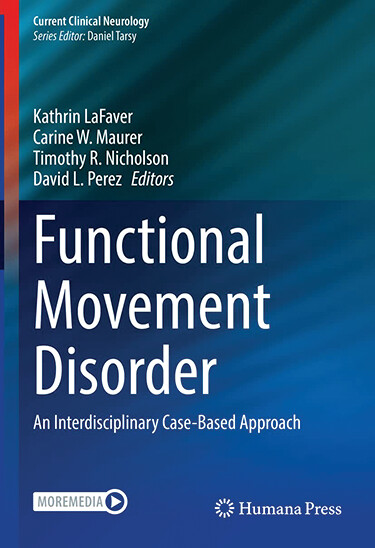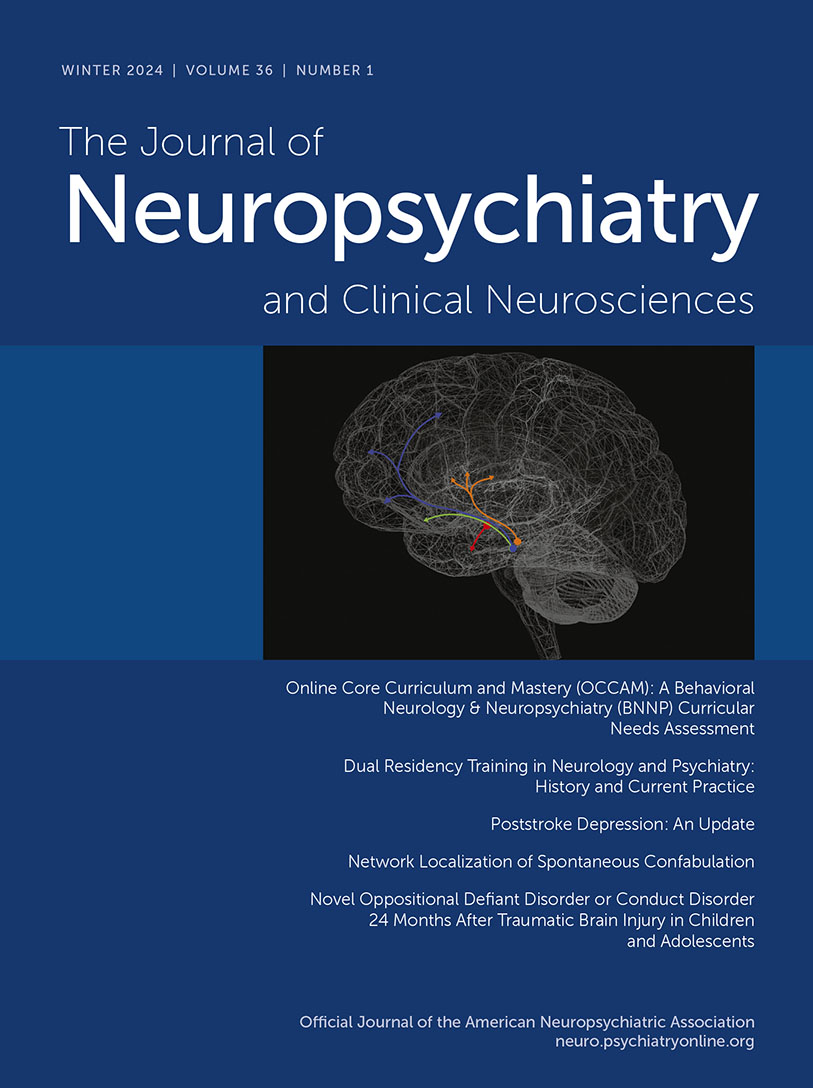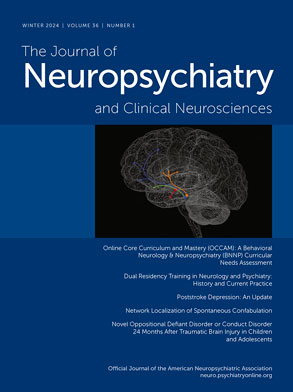edited by Kathrin LaFaver, Carine W. Maurer, Timothy R. Nicholson, David L. Perez; Cham, Switzerland, Humana Press, 2022, 463 pages.
Patients with functional movement disorders (FMDs) often embark on a long and costly diagnostic journey to determine the cause of their disabling condition. FMD, which is a subset of functional neurological disorder (FND), is a diagnosis that sits between the realms of neurology and psychiatry. Patients undergo complex medical workups, and if no structural cause is found, patients complain of being told “it’s all in your head.” People come out of this experience feeling demoralized and unheard. Historically, medically unexplained symptoms have been difficult to align with contemporary conceptualizations of disease. In the textbook under review, the authors expertly summarize the historical context and evolution of the diagnostic criteria and nomenclature for FND. This approach provides a crucial backdrop to better understand FMDs.
Functional Movement Disorder: An Interdisciplinary Case-Based Approach is a practical clinical textbook that brings together worldwide experts from the fields of neurology, psychiatry, mental health, and rehabilitation. The editors have all contributed significantly to the growing body of research characterizing FND subtypes and the attempt to understand the biological basis of FND symptoms. Both Dr. Kathrin LaFaver and Dr. Carine Maurer are neurologists and movement disorder specialists who have researched and developed pragmatic multidisciplinary treatment programs for patients with FMD. Dr. Timothy Nicholson, a neuropsychiatrist, and Dr. David Perez, double-boarded in neurology and psychiatry, highlight the importance of breaking down barriers to treatment of this neglected patient group whose physical health and mental health are inextricably linked.
The book is organized in a logical flow, with part 1 laying the framework for a foundational understanding of the history of FND, the pathophysiology underlying FMDs, and the biopsychosocial model of medicine as applied to FMDs. The chapters in part 2 describe the most common clinical presentations of FMD by using a case-based approach. Each clinical chapter highlights specific features of the physical examination that constitute positive signs for FMD, which is incredibly helpful. Key differentiating factors from similar neurological diagnoses are discussed, with information well organized in tables or figures. For instance, one table compares features of functional jerky movements, tics, myoclonus, dyskinesias, and restless legs. When available, epidemiology, risk factors, and diagnostic or objective testing are discussed. Considerations for pediatric and older adult populations are also presented.
The largest and final section, part 3, expands on management and treatment plans. This section includes multiple chapters explaining at length how to communicate the diagnosis to the patient, while providing tips, pitfalls, and guidance for complex situations or circumstances in which patients disagree with the diagnosis. Other chapters outline interdisciplinary care approaches by describing rehabilitation (physical therapy, occupational therapy, and speech therapy) and psychological approaches to treatment. The practical tips for determining which treatment modalities are appropriate for particular patients and developing a unified treatment plan are well appreciated.
One area that is not fully expanded on in this text is the spectrum of other FNDs and somatic symptoms such as pain, fatigue, dizziness, nonepileptic seizures, sensory abnormalities, or cognitive complaints. These somatic symptoms are lumped into one chapter in part 2. FMD patients rarely present with movement symptoms in isolation, and additional guidance on how to explain and address these functionally limiting somatic symptoms would have been useful. My only other critique is that redundant information is provided across the clinical chapters in part 2, although this repetition may be difficult to avoid because patients often present with multiple, overlapping FMD symptoms.
As a physiatrist, I appreciate that a key message in this book is an emphasis on the importance of collaborative interdisciplinary care. I hope that this textbook can inspire more physiatrists to join neurologists, psychiatrists, and other rehabilitation specialists in conducting research and treating patients who have FMD.
I would recommend this book for any clinician who sees patients with medically unexplained symptoms affecting movement. This practical handbook empowers the clinician to make a diagnosis of FMD more definitively, to initiate treatment, and to counsel patients on the diagnosis and treatment plan. By providing an evidence-based approach to the assessment and management of FMD, this textbook serves as a ready resource for the busy clinician.


